Knee
Patellofemoral Syndrome (Kneecap Problems)
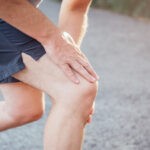
Patellofemoral syndrome results when the cartilage behind the kneecap is overstressed or deteriorates. Pain in the knee occurs from poorly aligned knee structures, trauma or overuse. Also called runner’s knee and Chondromalacia patellae, it can be treated with rest, knee bracing, medications and physical therapy. In some cases, surgery may be necessary to smooth damaged […]
Read More....Patellar Tendon Tear
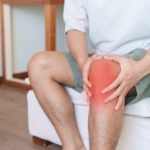
The patellar tendon connects the kneecap to the leg. Sports that involve running or jumping, certain medical conditions or steroid use can cause the tendon to tear. Small partial tears may heal with non-surgical treatment; however, most patellar tendon tears require surgery followed by physical therapy rehabilitation. Patellar Tendon Tear Symptoms You may have a […]
Read More....Osgood-Schlatter Disease (Knee Pain)
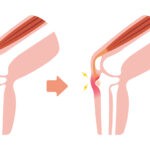
Osgood-Schlatter Disease is an overuse injury and not a disease. It affects the knees of growing children and adolescents who play sports that involve running or jumping. The main symptoms of Osgood-Schlatter Disease are pain and swelling. The vast majority of youth with Osgood-Schlatter Disease are treated successfully with non-surgical methods, and the condition rarely […]
Read More....Meniscus Tear

The knee joint is composed of three bones. The thigh bone (femur) sits on top of the larger leg bone (tibia). The kneecap (patella) glides in a groove on the end of the thigh bone. The menisci are two C-shaped cartilage discs that are located on the end of the tibia. The menisci help to […]
Read More....Knee Tendon Bursitis
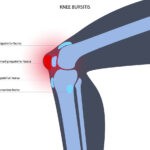
Knee tendon bursitis can develop at the inner (medial) knee as a result of trauma, overuse and degenerative joint disease. This painful inflammatory condition usually develops in athletes, middle-aged overweight women and older adults with arthritis. Knee Tendon Bursitis Symptoms Knee tendon bursitis causes swelling, tenderness and pain with certain movements, such as when climbing […]
Read More....Posterior Cruciate Ligament (PCL) Tear
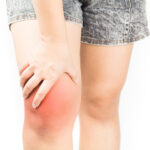
The posterior cruciate ligament (PCL) crosses inside of the knee joint with the anterior cruciate ligament (ACL), connecting the thighbone to the leg. PCL tears are not as common as ACL tears, but can result from certain twisting movements, falls or direct contact to the knee or shinbone during contact sports. PCL Tear Symptoms The […]
Read More....Anterior Cruciate Ligament (ACL) Tear
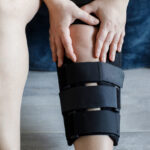
The anterior cruciate ligament (ACL) is one of the most commonly injured ligaments in the knee. Ligaments are strong non-elastic fibers that connect our bones together. The ACL crosses inside of the knee, connecting the thighbone to the leg. It provides stability to the knee joint. Your ACL can tear completely or partially and is […]
Read More....Hamstring Muscle Injuries

A pulled hamstring most frequently occurs among dancers and athletes during sports that require sprinting. A pulled hamstring or a hamstring tear may occur when the hamstring muscles are stretched too far or receive a sudden load. Hamstring muscle injuries create sudden pain at the back of the thigh. Most hamstring tears do not require […]
Read More....




